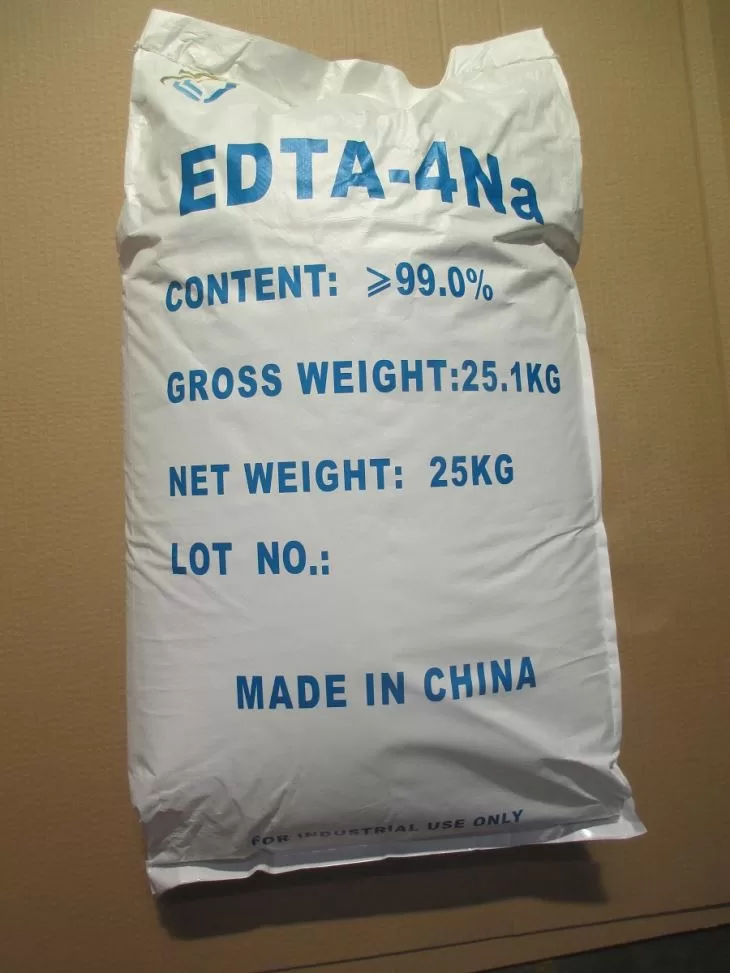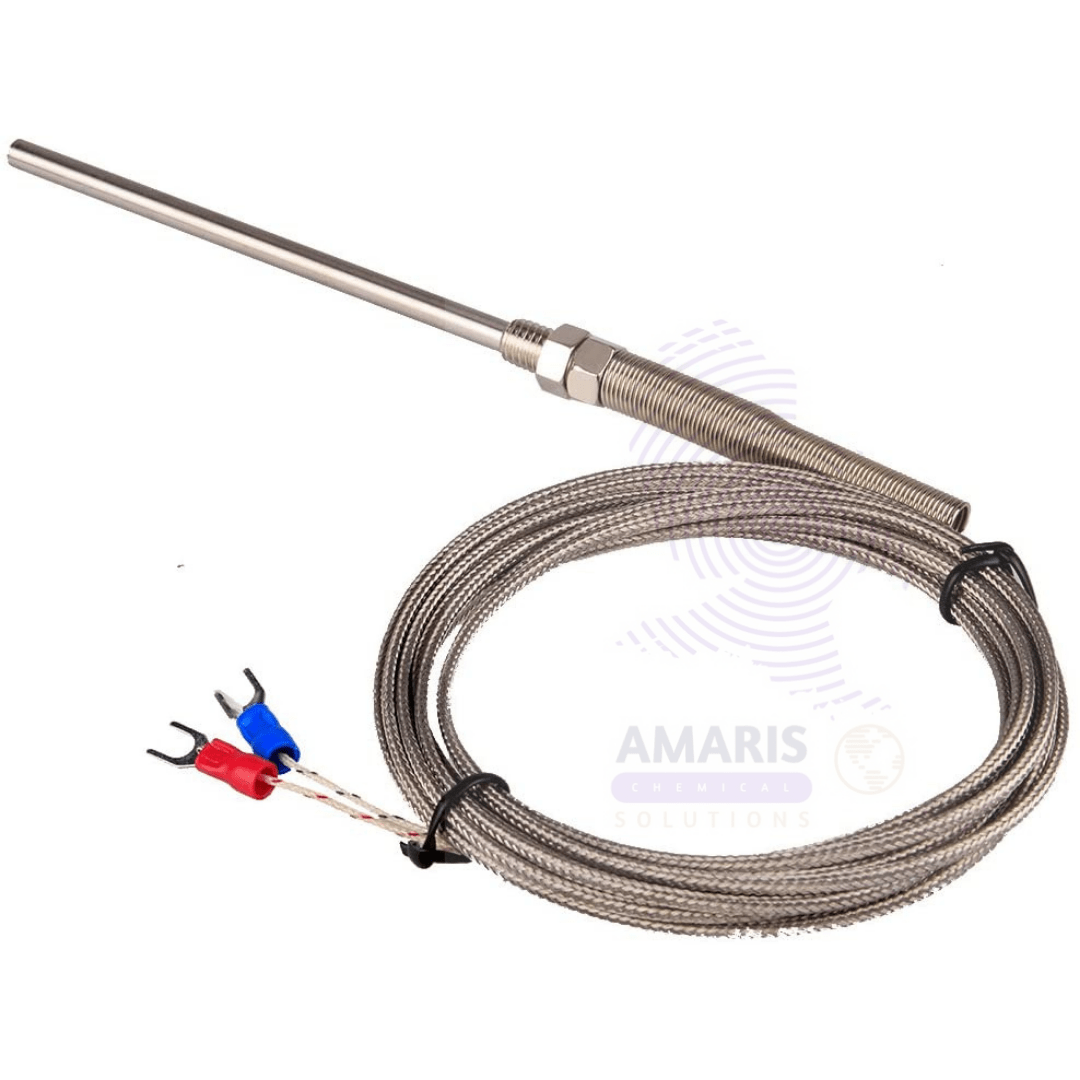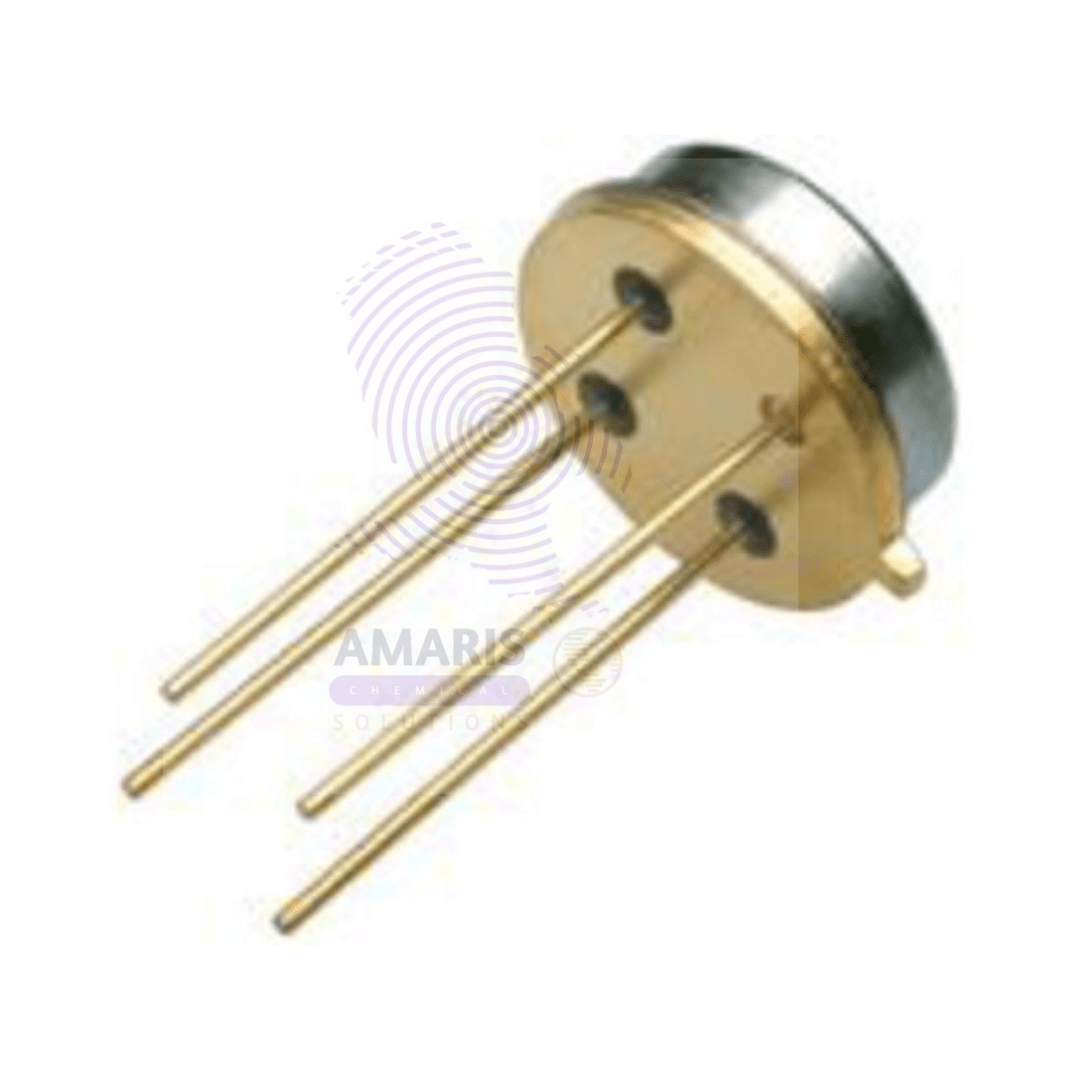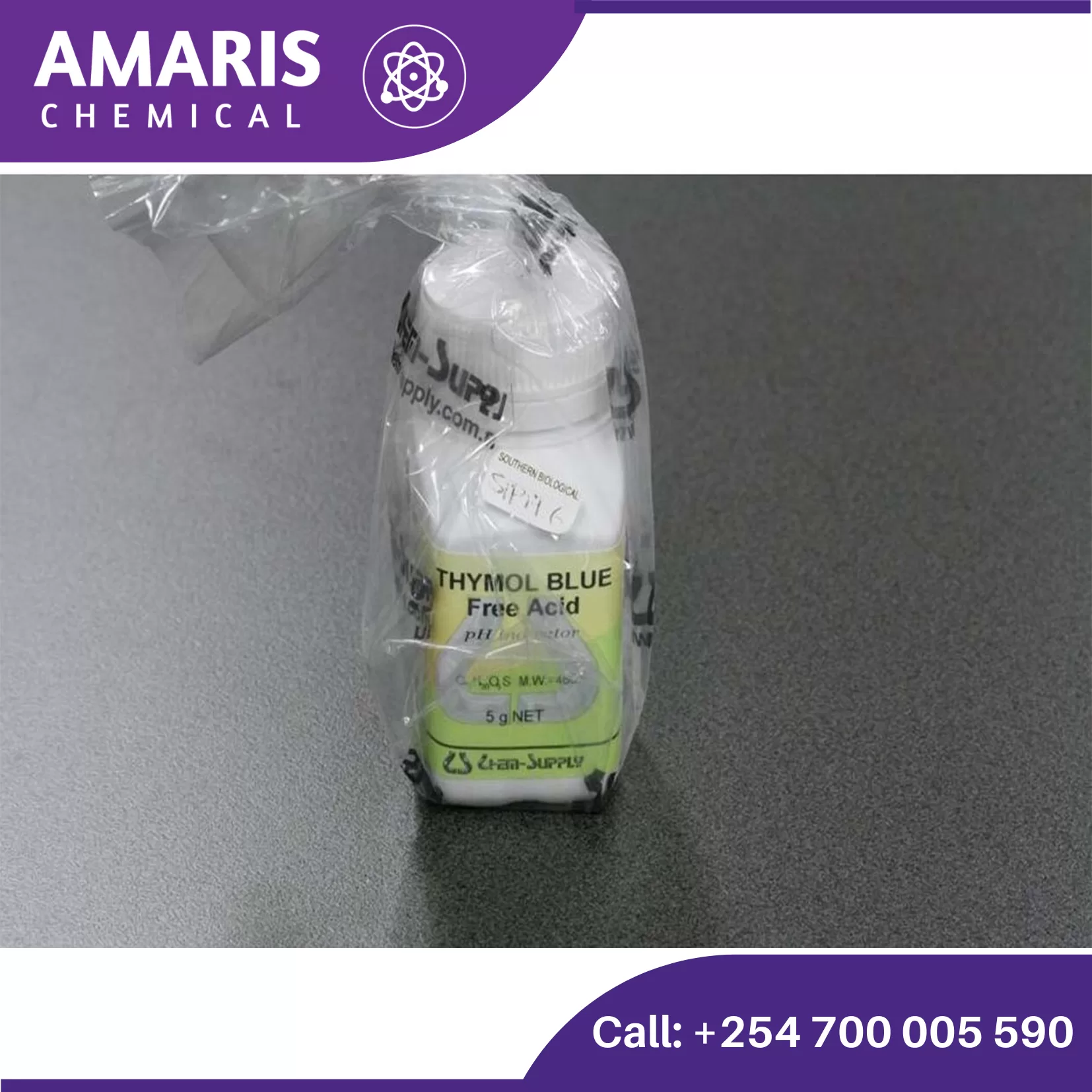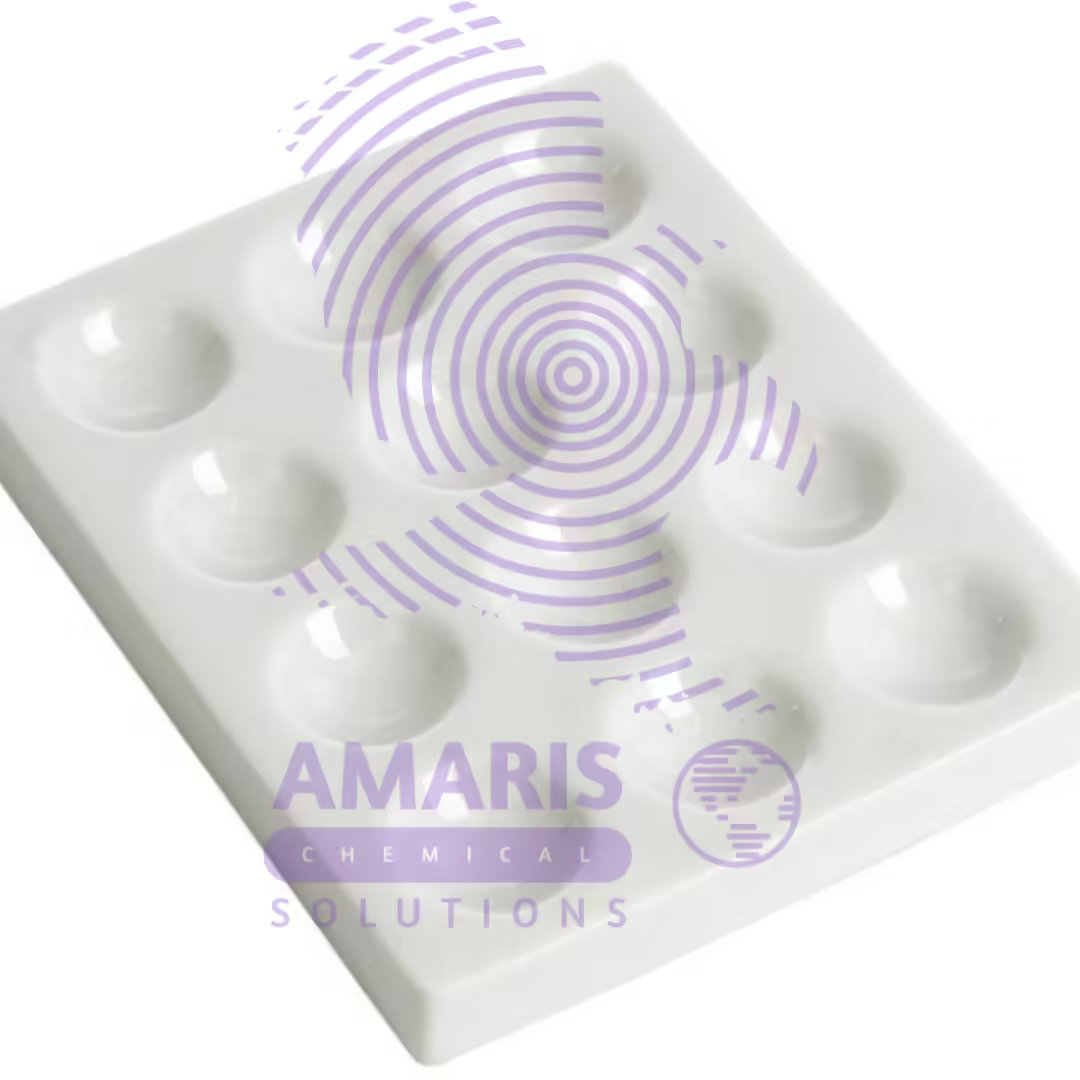Tetrasodium EDTA 25kg
Tetra sodium EDTA, also known as ethylenediaminetetraacetic acid tetrasodium salt, is a chemical compound commonly used in various industrial and commercial applications. It is a chelating agent, meaning it has the ability to bind and capture metal ions, thus preventing them from reacting with other substances or causing unwanted effects.
A concise definition of tetra sodium EDTA would be:
"Tetra sodium EDTA is a water-soluble salt derived from ethylenediaminetetraacetic acid, used as a chelating agent to bind and sequester metal ions, serving purposes such as metal complexation, stabilization, and preventing undesired chemical reactions."
Thermocouple
A thermocouple is a temperature-sensing device that converts heat into an electrical signal. It consists of two different metal wires joined at one end, forming a junction. When this junction experiences a change in temperature, a voltage is generated that is proportional to the temperature difference between the junction and a reference point. Thermocouples are known for their wide temperature range, fast response time, and durability, making them ideal for various industrial and laboratory applications. They are commonly used to monitor and control temperatures in processes requiring precision and reliability.
Thymoil Blue 25gm
Thymol blue is a chemical compound that is used as a pH indicator. It typically appears as a greenish-yellow powder and is commonly used in laboratories and in various applications where pH monitoring is necessary, such as in swimming pools and aquariums. In solutions with a pH below 1.2, thymol blue appears yellow, and in solutions with a pH above 2.8, it appears blue. Its color change range makes it useful for indicating acidic to neutral pH levels.
Ticker tape roll
In laboratory settings, ticker tape rolls are commonly used in physics experiments, particularly those involving motion and velocity. The setup typically involves attaching one end of the ticker tape to a moving object, such as a cart or a pendulum, and pulling it through a ticker tape timer. As the object moves, the timer makes small, regular marks on the tape, creating a series of dots or dashes.
By analyzing the spacing and pattern of these marks on the ticker tape, researchers can determine various aspects of the object's motion, such as its velocity, acceleration, and displacement over time. This method is particularly useful for studying uniform and non-uniform motion and can provide valuable insights into the principles of kinematics.
Ticker tape experiments are often used in educational settings to help students understand and visualize concepts related to motion, such as speed, acceleration, and the relationship between distance and time. They offer a hands-on approach to learning physics principles and can be a fun and engaging way to explore scientific concepts.
Ticker tape timer
A ticker tape timer is a device used in physics experiments to measure time intervals precisely. It consists of a tape of paper that runs through a device at a constant speed. The tape is typically marked with evenly spaced dots or lines. When the timer is activated, it creates marks on the tape at regular intervals determined by the timing mechanism. By analyzing the spacing between marks on the tape, scientists can measure the time elapsed between events with high accuracy. This device has been widely used in experiments involving motion, velocity, acceleration, and other phenomena where precise timing is crucial.
Tile cavity 6 and 12 holes
A tile cavity plate with 6 or 12 holes is a flat, ceramic or plastic laboratory tool designed with multiple small, concave wells, each acting as a mini container. These wells are used for holding small volumes of liquid or powdered chemicals, reagents, or samples. The layout of 6 or 12 cavities allows for efficient organization and simultaneous testing of multiple substances in a compact space. Ideal for spot tests, small-scale reactions, pH analysis, and staining procedures, the plate offers a convenient and reusable solution for managing parallel experiments without risk of cross-contamination between samples.










